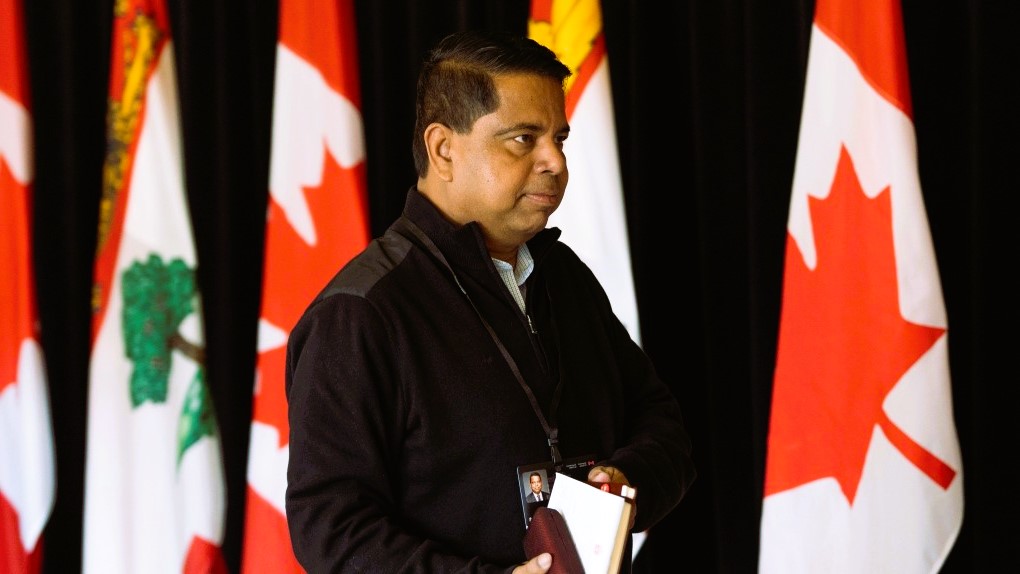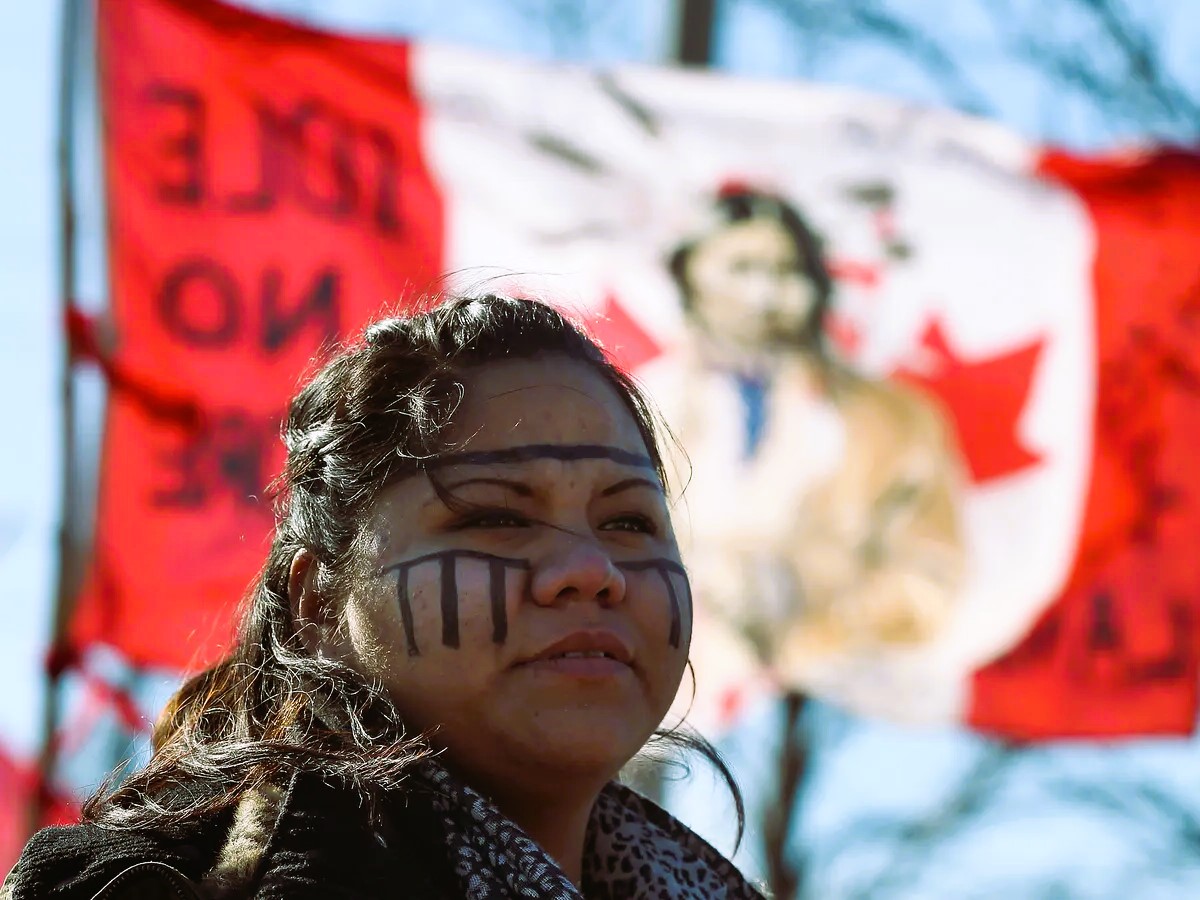In Canada, Indigenous land disputes have been a longstanding issue that has garnered increasing attention in recent years. These disputes stem from historical injustices, broken treaties, and conflicting interpretations of land rights, and they often involve Indigenous communities asserting their rights to traditional territories in the face of encroachment by government and private interests. As these conflicts persist, they highlight the need for reconciliation, respect for Indigenous rights, and meaningful dialogue between Indigenous peoples and government authorities.
One of the most prominent Indigenous land disputes in Canada is the ongoing conflict over land rights and resource development in Wet’suwet’en territory in British Columbia. The Wet’suwet’en Nation has been asserting its title and rights to the land, particularly in relation to proposed pipeline projects such as the Coastal GasLink pipeline. The dispute has sparked nationwide protests, blockades, and debates over Indigenous sovereignty and resource extraction on traditional lands.
Similarly, the Mi’kmaq people of Nova Scotia have been embroiled in a dispute over their treaty rights to fish for a moderate livelihood. In 1999, the Supreme Court of Canada affirmed the Mi’kmaq’s right to earn a “moderate livelihood” from fishing, hunting, and gathering as guaranteed by treaties signed in the 18th century. However, conflicts have arisen over the implementation of these rights, with tensions escalating between Indigenous fishers and non-Indigenous commercial fishers.
In Ontario, the Grassy Narrows First Nation continues to fight for justice and compensation for the devastating impacts of mercury contamination in their traditional territory. For decades, the community has suffered from the effects of mercury poisoning caused by industrial pollution from a nearby pulp and paper mill. Despite government promises to address the issue, the community still lacks adequate healthcare, clean water, and support for environmental remediation.
The Haudenosaunee Confederacy, also known as the Iroquois Confederacy, has been engaged in land disputes with both the federal and provincial governments in Ontario. These disputes revolve around issues such as land claims, development projects, and jurisdictional conflicts over traditional territories. The Haudenosaunee continue to assert their sovereignty and rights as a distinct Indigenous nation, challenging government policies that infringe upon their autonomy and self-governance. Do you like the news? Read about Canadian retail.

In addition to these high-profile cases, Indigenous land disputes are widespread across Canada, affecting numerous communities and regions. From land claims and resource extraction to environmental protection and cultural preservation, these conflicts raise important questions about Indigenous rights, treaty obligations, and the role of governments in reconciliation efforts.
Addressing Indigenous land disputes requires a collaborative and rights-based approach that respects Indigenous sovereignty, self-determination, and legal frameworks. Meaningful consultation and consent processes, as outlined in the United Nations Declaration on the Rights of Indigenous Peoples (UNDRIP), are essential for building trust and achieving reconciliation. Moreover, governments must uphold their fiduciary responsibilities to Indigenous peoples and honor treaty obligations to ensure justice and equity for all.
For more information on Indigenous land disputes and reconciliation efforts in Canada, visit Canada.ca.
In conclusion, Indigenous land disputes in Canada remain a pressing issue that requires urgent attention and meaningful action. By recognizing and respecting Indigenous rights, upholding treaty obligations, and fostering dialogue and collaboration, Canada can work towards reconciliation and justice for Indigenous peoples and communities across the country.


